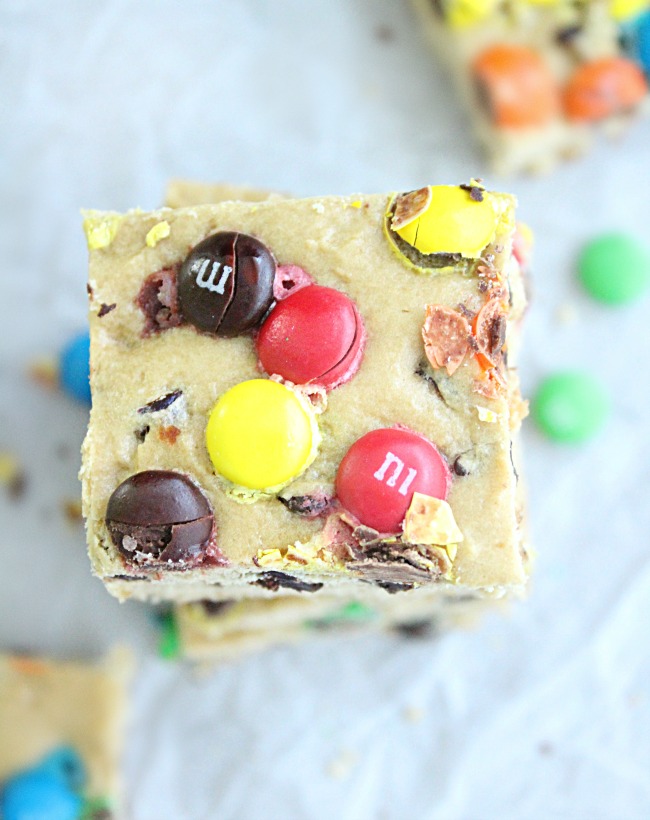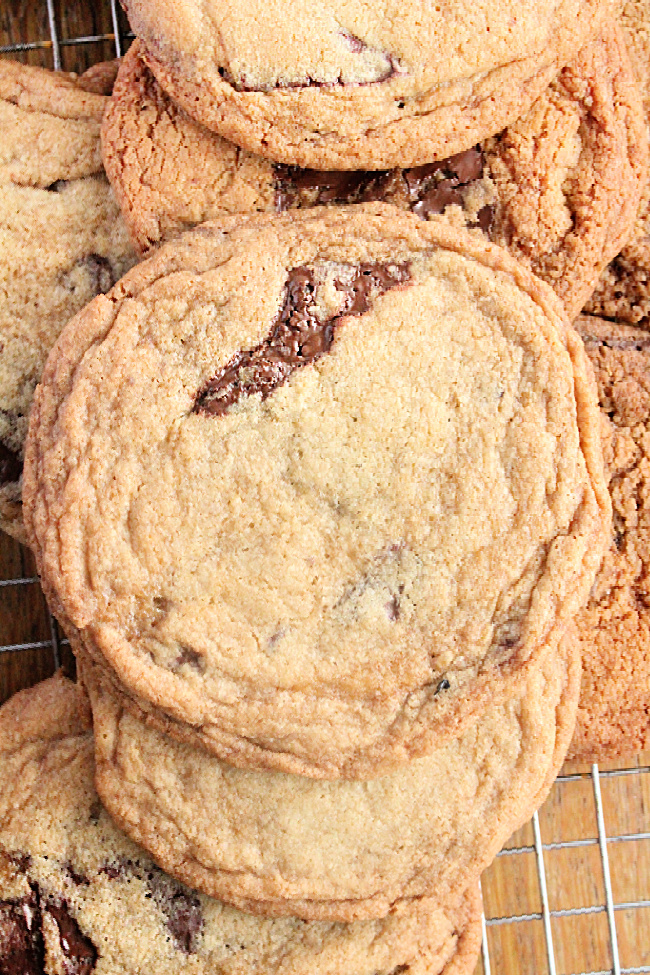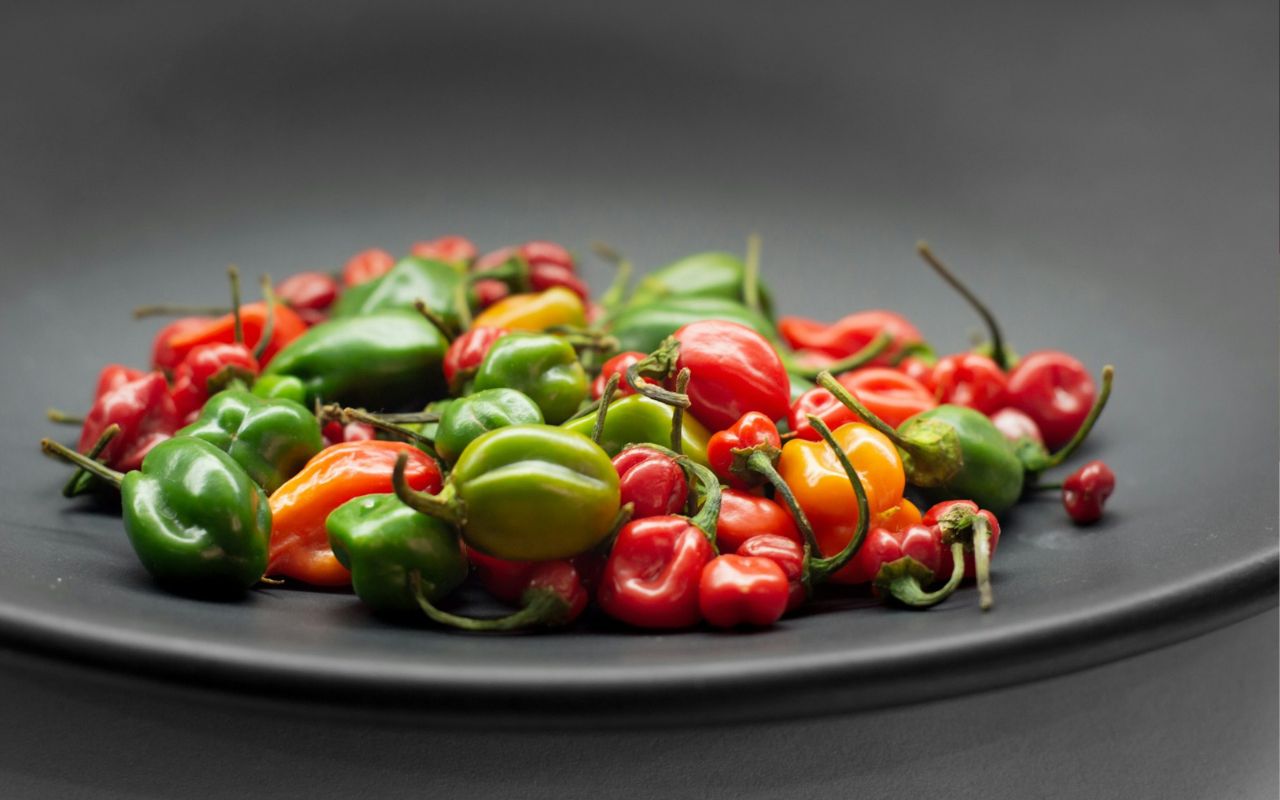10 Ways to Make Store Bread Taste Fresh-Baked

There’s nothing quite like the aroma of freshly baked bread, but store-bought loaves often lose that magic quickly. The good news is you don’t have to settle for bland or stale slices. With a few smart tricks, you can transform even an ordinary supermarket loaf into something that tastes like it just came out of the oven. From clever storage methods to quick revival techniques, these simple fixes keep bread soft, flavorful, and ready to impress at every meal.
1. Freeze and Toast or Reheat in the Oven
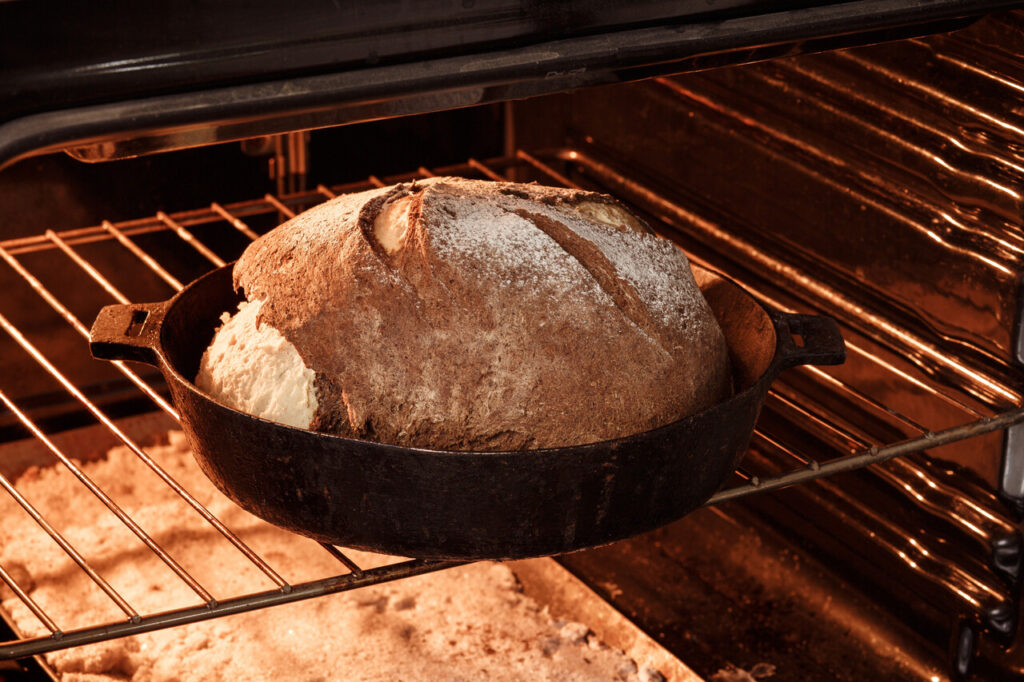
Think of the freezer as a time machine for bread: it locks in moisture and stops the stale chemistry dead in its tracks. For best results, slice before freezing so you can pull out single portions, or wrap a whole loaf tightly in plastic wrap, then foil, and label the date. To revive, toast frozen slices straight from the freezer or warm a whole loaf wrapped in foil at 325°F until the interior is soft, then unwrap and pop it under direct heat for a few minutes to re-crisp the crust. The freezer preserves the crumb structure and slows starch retrogradation, so a properly wrapped loaf will taste markedly fresher than one left at room temperature.
2. Store in a Bread Box
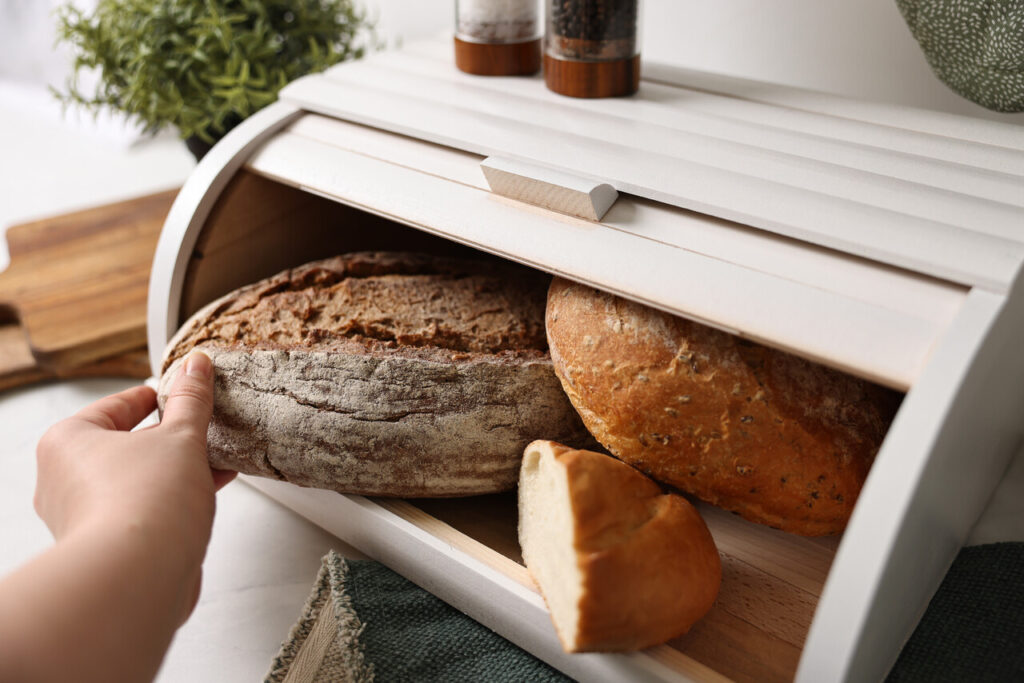
A simple box can be the hardest-working tool on your counter. A good bread box smooths out humidity swings and slows air flow without sealing the loaf airtight, which keeps a crusty exterior from gumming up and the crumb from drying out too fast. Position the box away from ovens, windows, and direct light; clean it regularly to avoid stale odors or crumbs. For artisan boules, a bread box preserves texture for a couple of days longer than leaving a loaf exposed, and for sandwich loaves it prevents the crust from going oddly soft while the interior stays palatable.
3. Keep In the Original Plastic Packaging and Seal Well
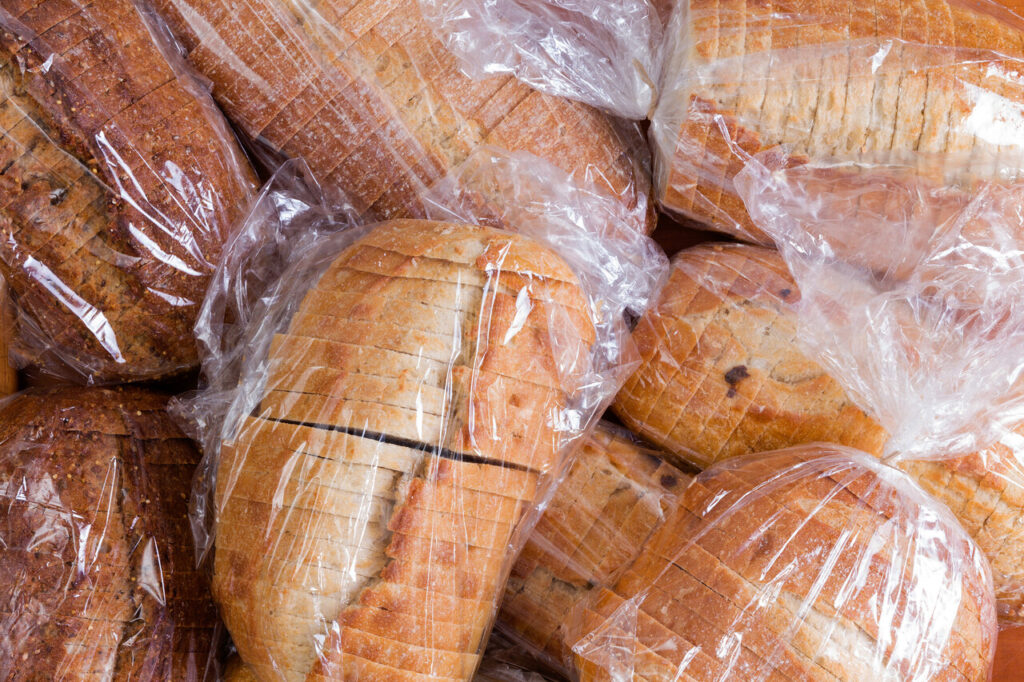
If you bought a soft, pre-sliced loaf, the original thin plastic is actually doing you a favor by holding moisture in the crumb. Twist the bag closed, use a tight clip, or fold and tuck the end under the loaf so air exchange is minimal. This method keeps the interior soft and keeps crumbs from drying. For mid-week use, it’s the easiest solution: leave the loaf on the counter in its sealed bag, then refresh slices by toasting or warming briefly. If you need longer storage, move the sealed package straight to the freezer rather than into the refrigerator.
4. Wrap in a Cloth or Linen Bread Bag
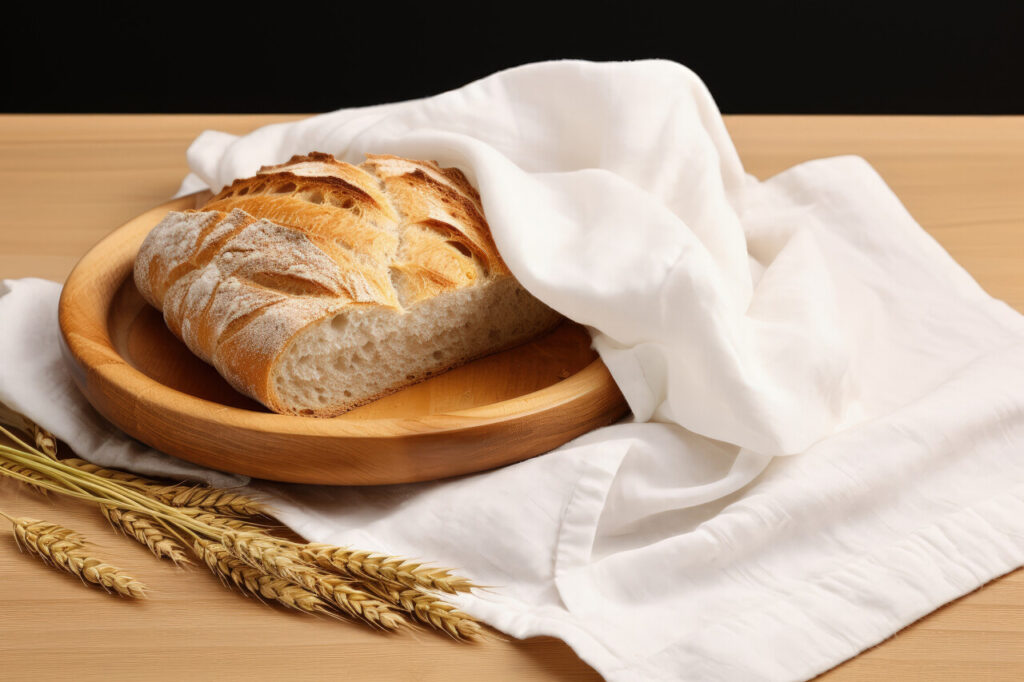
Cloth storage is about balance: breathable fabric lets excess moisture escape while still protecting the loaf from drafts that will desiccate it. A clean linen bag or a cotton tea towel wrapped loosely around the loaf preserves a crisp crust better than plastic for short-term storage, and it prevents condensation that could foster mold. For bakery boules, place the loaf seam-side down in the cloth; for sliced sandwich bread, fold the cloth over the top and tuck under the base. Replace the cloth if it gets damp to avoid trapping moisture against the crust.
5. Store Cut Side Down

What this really means is minimizing exposed surface area so the crumb can’t dry. When you slice a loaf, set the cut face on a wooden board or the board lid and leave it there, uncovered or lightly draped with cloth. That single flat face seals against air loss much better than leaving slices exposed, and it slows the rate at which the interior firms up. This trick is especially useful if you plan to use the loaf within a day or two and want to keep the rest of it ready without rewrapping, toasting, or freezing.
6. Slice From the Center and Press the Halves Together

Slicing from the center might feel odd, but it shortens the exposed edge length and preserves more crust overall. Cut the loaf through the middle, then press the two cut sides together, crust to crust, and wrap the assembled loaf tightly in plastic or a cloth. This reduces moisture loss and keeps the crumb tender longer than leaving one half open. It’s a practical hack if you live alone or in a small household where the loaf won’t disappear in a day, and it buys you time before you need to toast or reheat slices.
7. Use a Paper Bag Covered With a Towel for Crusty Loaves
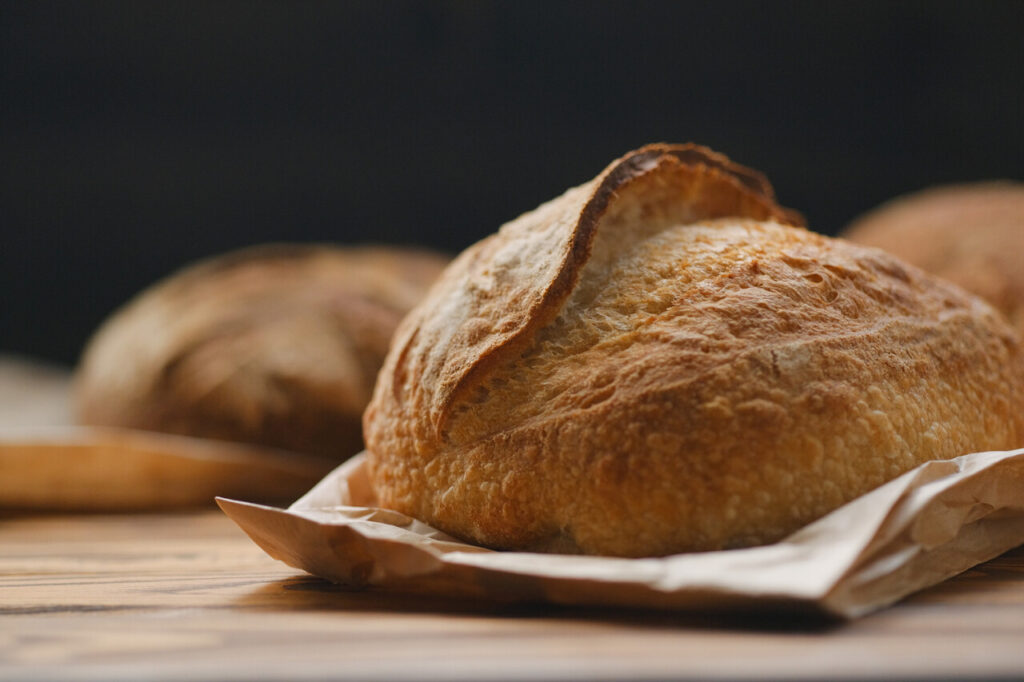
Paper plus cloth gives crusty bread what it needs: a little breathing room and a touch of protection. Slide a boule into a paper bag and fold the top, then drape a clean towel over the bag to reduce air flow without trapping humidity. The paper allows moisture from the crumb to vent slowly while the towel limits drafts that would dry the crust. This is a classic bakery approach for keeping a crust crisp but not rock hard, and it’s an inexpensive way to prolong that desirable contrast between crackly shell and tender center.
8. Avoid Refrigeration Unless Necessary
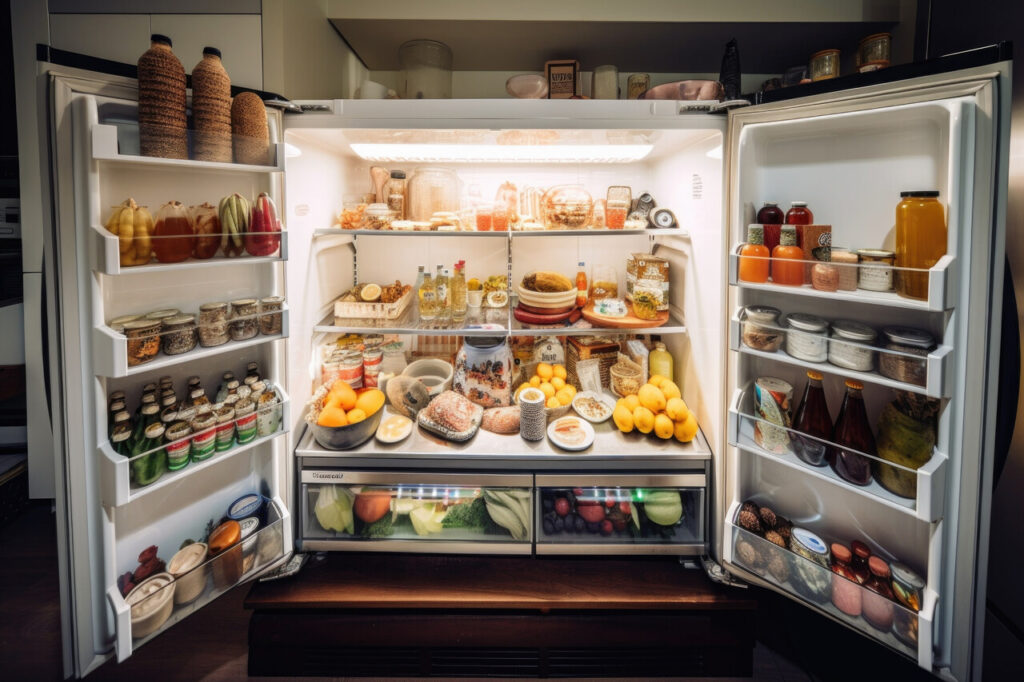
The fridge is a trap for bread: cool temperatures accelerate starch retrogradation, the process that makes crumb firm and dry. Unless you live somewhere very humid where mold is a bigger concern than staling, skip the refrigerator. If you need to store bread beyond a couple of days, freeze it instead. Refrigeration may seem convenient but it often turns a loaf stale faster than leaving it on the counter, so treat the fridge as a last-resort solution reserved for very specific circumstances.
9. Use Airtight Plastic or Foil Wrap When You Want a Soft Interior

When your priority is keeping a soft, sandwich-friendly crumb, airtight wrapping is the right call. Press plastic wrap tightly against the cut surface or wrap the whole loaf in foil to trap moisture. This method prevents the crumb from drying and makes slices easy to use without toasting. If the crust softens too much, a brief stint in a hot oven or a quick toast will reintroduce a pleasant crust contrast. For soft loaves intended for toast or sandwiches, airtight wrap keeps them tasting fresher longer.
10. Buy Unsliced Loaves or Slice Just Before Use
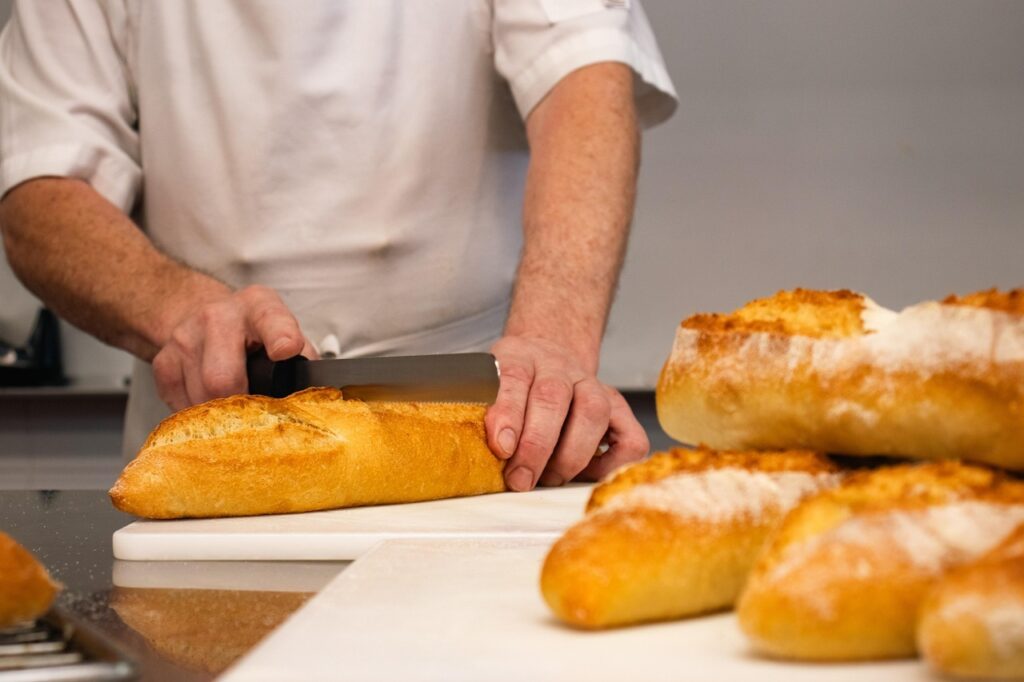
Every pre-sliced loaf accelerates aging because cutting increases surface area and lets the crumb lose moisture faster. If you can, buy whole loaves and slice only what you need. When you do slice, use a long serrated knife and make confident motions to preserve crumb structure. Unsliced loaves last a few days longer on the counter, and they adapt better to brief reheating or toasting rituals that recreate the fresh-baked texture. If convenience wins, buy a loaf and immediately freeze half, which preserves that fresh-baked feeling when you thaw and toast slices.
